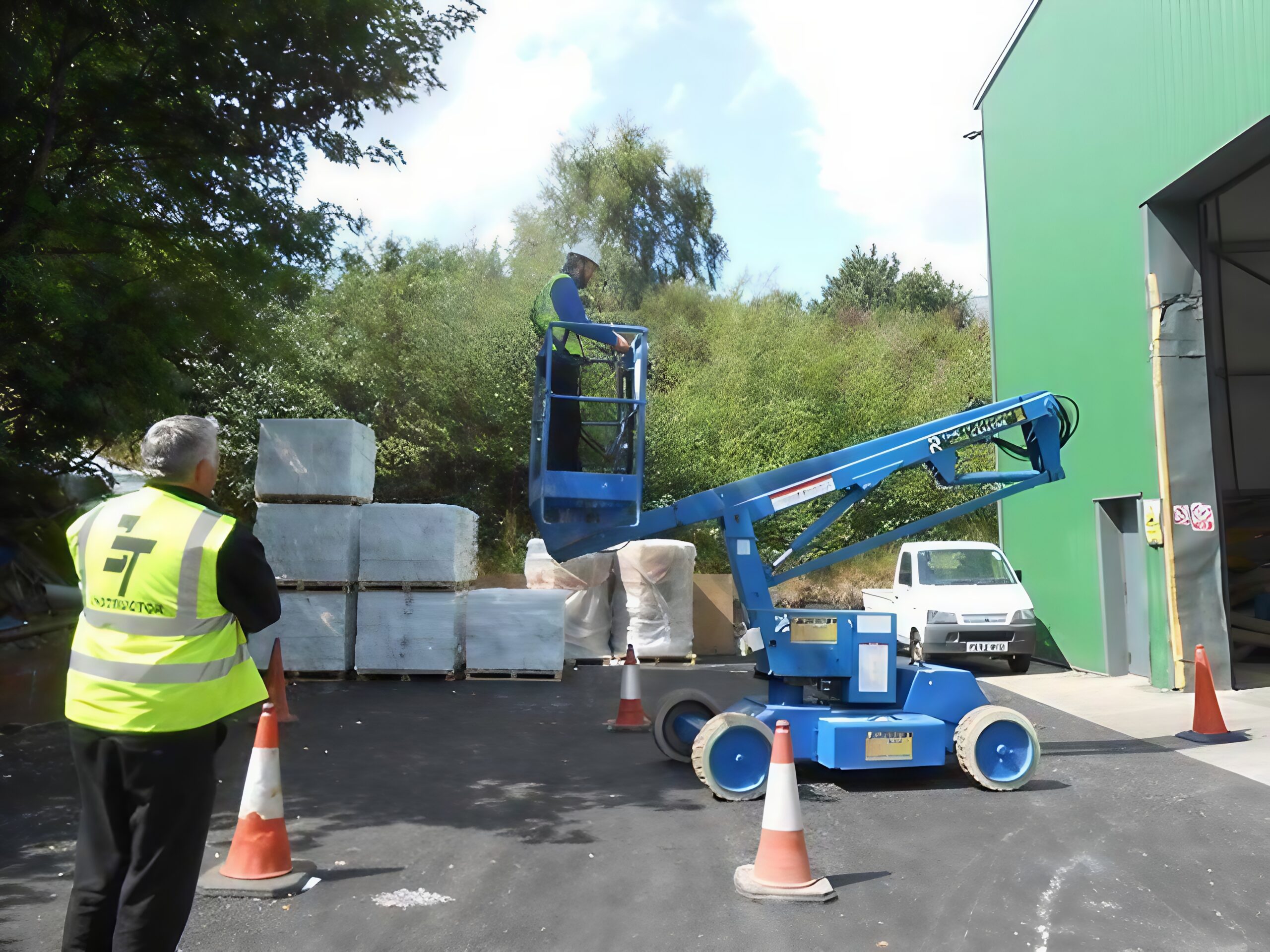The Corporate Sustainability Reporting Directive (CSRD) is transforming how businesses report on environmental, social, and governance (ESG) factors. With mandatory sustainability reporting requirements rolling out across the European Union from 2025, companies must start preparing now to ensure compliance and leverage ESG reporting as a tool for value creation.
In this article, we provide a comprehensive, step-by-step guide to help your company prepare for CSRD compliance.
What is CSRD?
The CSRD, adopted by the European Commission, expands on the Non-Financial Reporting Directive (NFRD) and applies to:
- All large EU companies meeting two out of three criteria: over 250 employees, €40 million turnover, or €20 million total assets.
- Listed SMEs (with some exemptions until 2028).
- Non-EU companies with significant operations in the EU.
The CSRD introduces more detailed reporting requirements, structured around the European Sustainability Reporting Standards (ESRS), and embraces the concept of double materiality.
Step 1: Understand Applicability and Deadlines
Determine whether your company falls under CSRD obligations. Reporting timelines vary:
- 2025 (for FY 2024 data): Large public-interest companies already subject to NFRD.
- 2026 (for FY 2025 data): Other large EU companies.
- 2027 (for FY 2026 data): Listed SMEs.
- 2029 (for FY 2028 data): Non-EU companies meeting thresholds.
Step 2: Build Internal Awareness and Governance
Establish internal structures to manage sustainability reporting:
- Appoint ESG leads and form cross-functional teams.
- Educate senior leadership and board members on CSRD obligations and strategic implications.
- Integrate ESG governance into risk management and business strategy.
Step 3: Conduct a Double Materiality Assessment
CSRD requires companies to disclose both financial materiality and impact materiality. Start by:
- Identifying ESG topics relevant to your business.
- Engaging with stakeholders.
- Mapping priorities using frameworks like GRI, SASB, and ESRS.
Step 4: Gap Analysis
Perform a gap analysis of your current reporting and data collection practices against CSRD requirements:
- Review ESG data availability, quality, and governance.
- Identify missing disclosures.
- Leverage tools like SALI’s AI-powered sustainability assessment platform for automated gap analysis.
Step 5: Strengthen Data Management Systems
High-quality, auditable data is central to CSRD compliance:
- Establish robust ESG data collection processes.
- Set up data controls and audit mechanisms.
- Integrate ESG data management with financial reporting processes.
Step 6: Align with ESRS Reporting Requirements
Familiarize yourself with ESRS standards:
- Understand required disclosures across governance, strategy, risk management, and metrics.
- Tailor reporting to sector-specific standards.
- Create draft templates using ESRS guidance.
Step 7: Third-Party Assurance
CSRD mandates limited assurance by an independent auditor:
- Engage early with your assurance provider.
- Conduct internal audits to identify data integrity issues.
- Prepare for assurance readiness assessments.
Step 8: Report and Communicate
Prepare your sustainability report for publication:
- Ensure alignment with CSRD and ESRS guidelines.
- Publish the report within your annual management report.
- Communicate key findings to stakeholders and investors.
Conclusion
The CSRD represents a significant shift in sustainability reporting, bringing both compliance challenges and strategic opportunities. By starting early and following a structured approach, companies can not only meet regulatory requirements but also enhance stakeholder trust and long-term business resilience.
Looking for expert support on CSRD readiness? SALI’s AI-powered platform and consulting team can help guide your compliance journey. Contact us here for tailored guidance.

